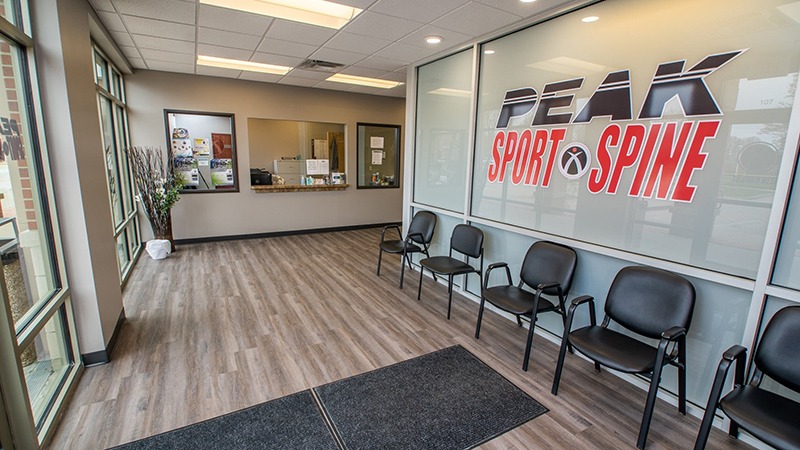Sitting has become a common part of modern life, especially if you work at a desk. Standing desks have become increasingly popular for promoting better posture and reducing the risks associated with prolonged sitting. However, using a standing desk effectively requires some know-how, especially when it comes to how high a standing desk should be and maintaining proper posture while working at a standing desk.
Why Are Standing Desks Becoming So Popular?
Sitting for prolonged periods has been linked to various health problems such as obesity, cardiovascular disease, and diabetes. It can also lead to muscle stiffness, back pain, and poor circulation. By using a standing desk, you can counteract these negative effects by promoting better blood flow, engaging your core muscles, and encouraging more movement throughout the day. This shift not only enhances physical health but can also boost productivity and mental well-being, making standing desks a valuable addition to any workspace.
How High Should a Standing Desk Be?
The height of your standing desk is crucial for comfort and ergonomics. Ideally, the desk should be at elbow height. When your elbows are bent at a 90-degree angle, your forearms should be parallel to the ground. This position helps prevent strain on your wrists, shoulders, and neck. To measure the correct height:
- Stand up straight with your shoulders relaxed.
- Bend your elbows at a 90-degree angle.
- Measure the height from the floor to your elbows. This measurement is the optimal height for your standing desk.
Stand with Proper Posture
Proper posture is key to benefitting from a standing desk. Here’s how to stand correctly:
- Keep your head aligned with your spine and your ears over your shoulders.
- Maintain a neutral spine by engaging your core muscles and avoiding any slouching or leaning.
- Distribute your weight evenly on both feet. Avoid locking your knees, as this can lead to discomfort and poor circulation.
- Use a footrest to alternate resting one foot at a time. This can help reduce lower back strain.
Switch Between Sitting and Standing
Switching between sitting and standing is important to avoid fatigue and promote circulation. While sitting all day isn’t great, neither is standing all day. If you’re new to standing desks, start with short standing periods and gradually increase the time. Aim for a ratio of 1:1 or 2:1 standing to sitting time, such as standing for 30 minutes and then sitting for 15-30 minutes. Listen to your body; if you feel discomfort or fatigue, take a break and sit down. Regularly alternating between sitting and standing helps maintain energy levels and prevents muscle stiffness. Over time, you’ll find a balance that works best for your comfort and productivity.
Adjust Your Desk Setup
In addition to desk height, consider these adjustments for an ergonomic workspace:
- Monitor height: Your monitor should be at eye level, about 20-30 inches away from your face. The top of the screen should be at or slightly below eye level to prevent neck strain.
- Keyboard and mouse: Place these tools at a comfortable height to avoid wrist strain. Your wrists should be straight and parallel to the desk surface.
- Anti-fatigue mat: Use a cushioned mat to stand on. This can reduce foot and leg discomfort from standing on hard surfaces.
Take Regular Breaks
Taking regular breaks is crucial even when using a standing desk. Set a timer to remind yourself to take breaks every 30-60 minutes. Incorporate stretching by performing simple stretches or exercises to keep your muscles active and prevent stiffness. Additionally, take short walks to promote circulation and give your body a change of position. These small breaks can significantly improve your overall comfort and productivity. Remember, frequent movement is essential for maintaining good health and preventing fatigue.
Listen to Your Body
Everyone’s body is different, so it’s important to pay attention to how yours responds to standing. If you experience persistent discomfort or pain, consult a physical therapist. They can provide personalized advice and exercises to improve your posture and reduce strain.
Ready to Improve Your Workspace and Reduce Pain?
If you’re experiencing discomfort or want personalized guidance on using a standing desk, consider scheduling an appointment with PEAK Sport & Spine. Our experienced therapists can help you optimize your workstation setup and provide exercises to improve your posture and comfort. We also offer a Sports Medicine program to help you Visit one of our many convenient locations today to get started on your journey to a healthier, more ergonomic workspace!

